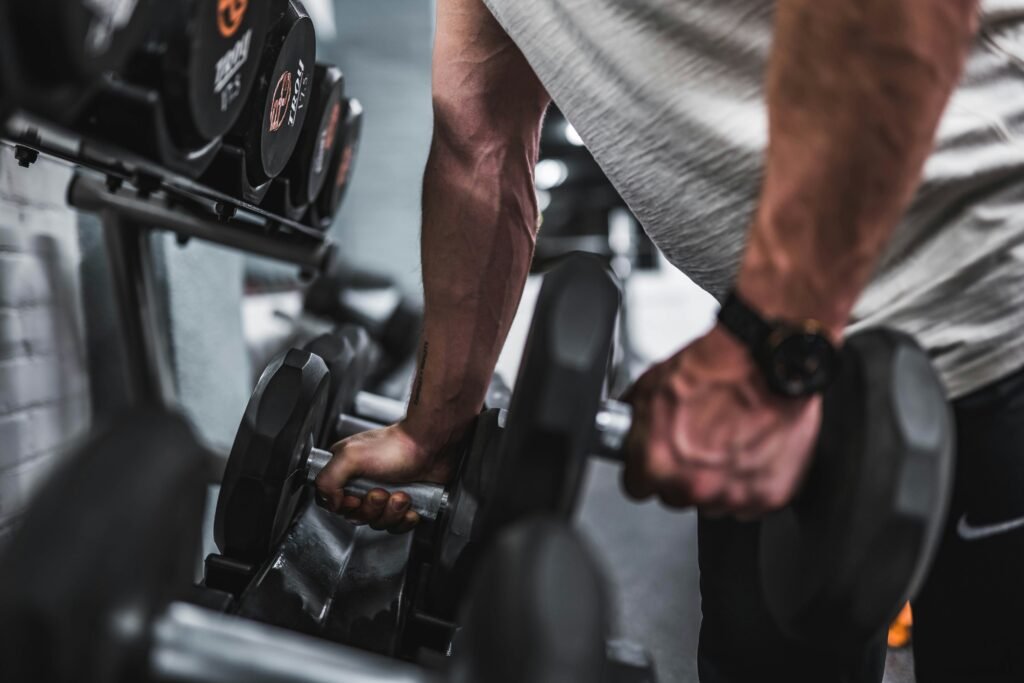How Fit Should You Be At Every Age?
Have you ever wondered how fit you should be at different stages of life? It can be challenging to determine what level of fitness is appropriate for your age. In this article, we will break down the recommended fitness levels for each age group, so you can stay healthy and active no matter how old you are.
Childhood (Ages 0-12)
When you are a child, physical activity is crucial for growth and development. It is recommended that children get at least 60 minutes of moderate to vigorous exercise each day. This can include activities such as running, jumping, and playing sports. Encouraging an active lifestyle at a young age sets the foundation for a lifetime of good health.
Adolescence (Ages 13-18)
During adolescence, physical activity is essential for building strong muscles and bones. Teenagers should aim for at least 60 minutes of moderate to vigorous exercise daily, including activities that promote strength and flexibility. This is also a crucial time to establish healthy exercise habits that can last into adulthood.
Young Adulthood (Ages 19-30)
In your 20s and early 30s, maintaining a high level of fitness is important for overall health and well-being. Regular exercise can help prevent chronic diseases, maintain a healthy weight, and improve mental health. Aim for at least 150 minutes of moderate-intensity exercise each week, along with strength training exercises two days a week.
Middle Adulthood (Ages 31-50)
As you enter middle adulthood, staying active becomes even more important. Regular exercise can help prevent age-related weight gain, maintain muscle mass, and reduce the risk of chronic diseases such as heart disease and diabetes. Aim for at least 150 minutes of moderate-intensity exercise per week, along with strength training exercises two to three days a week.
Older Adulthood (Ages 51+)
As you age, it is crucial to continue engaging in physical activity to maintain mobility and independence. Exercise can help prevent falls, improve balance, and reduce the risk of osteoporosis. Aim for at least 150 minutes of moderate-intensity exercise each week, along with activities that promote flexibility and balance, such as yoga or tai chi.

The Benefits of Regular Exercise
Regular exercise offers a wide range of benefits for people of all ages. Here are some of the key advantages of staying physically active:
- Improved Cardiovascular Health: Exercise can improve heart health, reduce the risk of heart disease, and lower blood pressure.
- Weight Management: Regular physical activity can help you maintain a healthy weight and prevent weight gain.
- Mental Well-being: Exercise can reduce stress, anxiety, and depression, while improving mood and overall mental health.
- Bone Health: Weight-bearing exercises can help prevent osteoporosis and keep bones strong as you age.
- Muscle Strength: Strength training exercises can help build muscle mass and maintain strength, especially as you get older.
- Improved Sleep: Regular physical activity can improve sleep quality and help you fall asleep faster.
By incorporating regular exercise into your routine, you can enjoy these benefits and improve your overall health and well-being.
How to Stay Fit at Any Age
Regardless of your age, there are several ways to stay fit and active throughout your life. Here are some tips for maintaining your fitness at every stage:
Childhood
- Encourage active play and participation in sports.
- Limit screen time and encourage outdoor activities.
- Make physical activity fun and engaging to establish healthy habits.
Adolescence
- Find activities you enjoy, whether it’s team sports, dance, or biking.
- Try new sports and activities to stay engaged and motivated.
- Set fitness goals and track your progress to stay motivated.
Young Adulthood
- Incorporate a variety of exercises into your routine, including cardio, strength training, and flexibility exercises.
- Find a workout buddy or join a fitness class to stay accountable.
- Prioritize sleep, nutrition, and stress management to support your fitness goals.
Middle Adulthood
- Make time for regular exercise, even on busy days.
- Aim for a balanced workout routine that includes cardio, strength training, and flexibility exercises.
- Listen to your body and adjust your workouts to accommodate any age-related changes.
Older Adulthood
- Choose low-impact exercises that are gentle on the joints, such as walking, swimming, or yoga.
- Work on improving balance and flexibility to reduce the risk of falls.
- Stay socially active by joining group fitness classes or walking groups.
By following these tips and staying committed to regular physical activity, you can maintain your fitness and health at every stage of life.

Creating a Fitness Plan
To ensure you are meeting the recommended fitness levels for your age, it can be helpful to create a personalized fitness plan. Here are some steps to help you develop a plan that works for you:
- Set Realistic Goals: Define your fitness goals, whether it’s improving cardiovascular health, losing weight, or building muscle.
- Choose Activities You Enjoy: Select exercises and activities that you find enjoyable and engaging to increase the likelihood of sticking with your fitness plan.
- Schedule Regular Workouts: Set aside time each week for physical activity, and treat it as a non-negotiable part of your routine.
- Track Your Progress: Keep a workout journal or use a fitness app to track your workouts, progress, and achievements.
- Seek Professional Guidance: Consider working with a personal trainer or fitness coach to create a customized plan that aligns with your goals and abilities.
By following these steps and staying committed to your fitness plan, you can ensure you are meeting the recommended fitness levels for your age and staying on track to achieve your health and wellness goals.

Conclusion
Maintaining an appropriate level of fitness at every age is essential for overall health and well-being. By following the recommended guidelines for physical activity and incorporating regular exercise into your routine, you can improve your cardiovascular health, maintain a healthy weight, and reduce the risk of chronic diseases. Whether you are a child, adolescent, young adult, middle adult, or older adult, staying active and engaged in physical activity can help you live a longer, healthier, and more fulfilling life. Remember, it’s never too late to start prioritizing your health and well-being through regular exercise and physical activity. Start today and reap the benefits of a healthy, active lifestyle at every age.